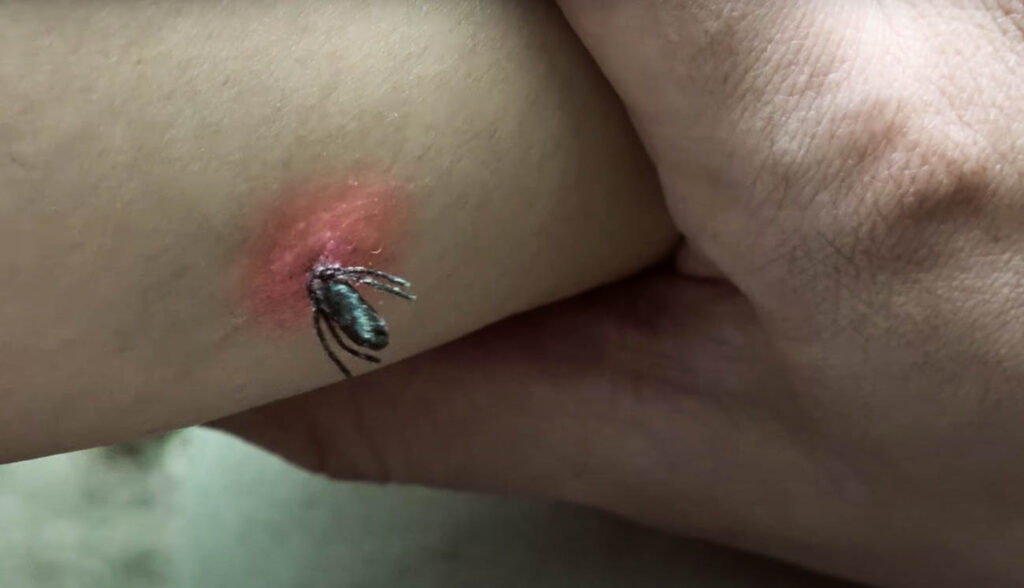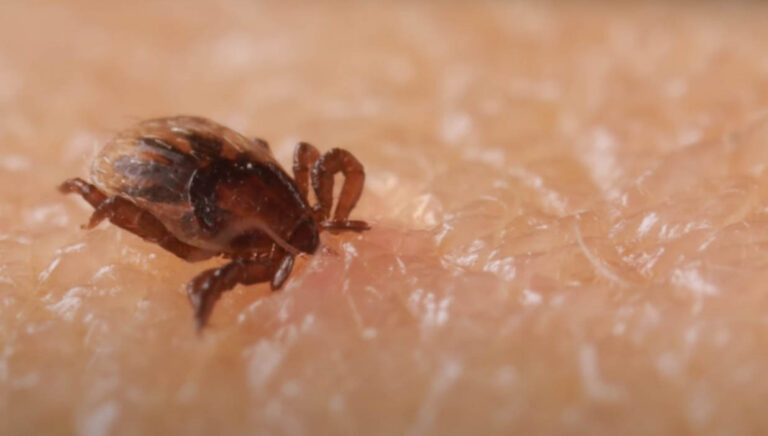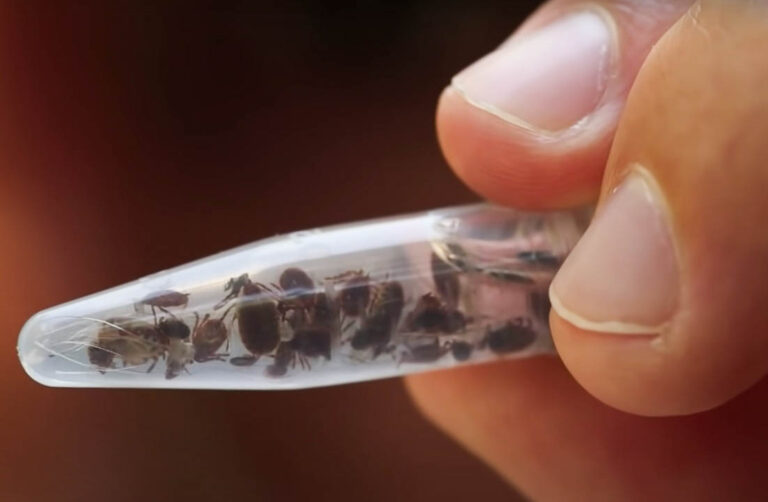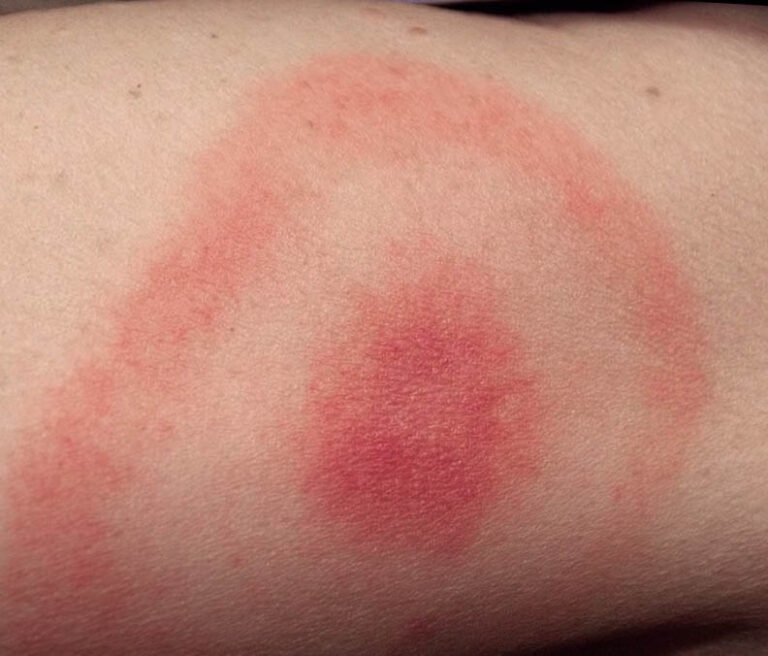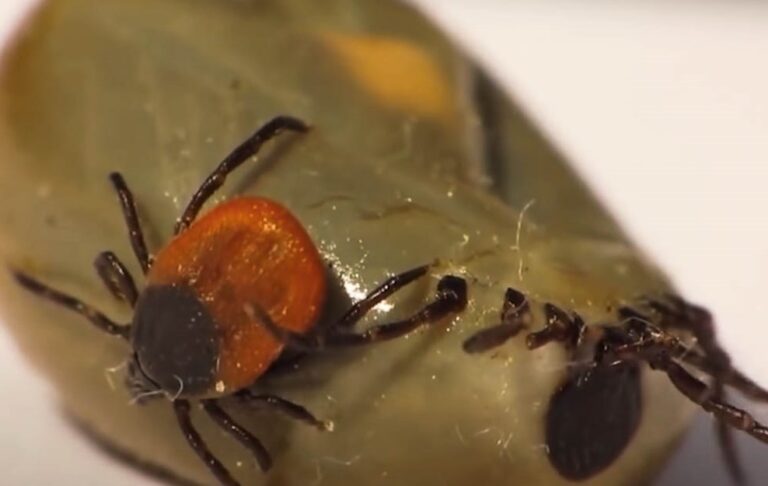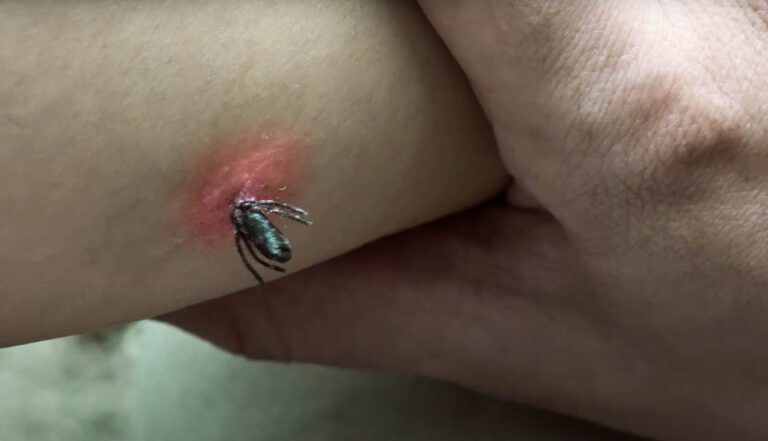What are the signs of a tick infestation?
What are the signs of a tick infestation?
Ticks are blood-sucking parasites that feed on the blood of a wide range of hosts. The hosts of ticks include mammals and reptiles. Typically, the different species have their preferred hosts. Still, they could make do with the blood of any available.
They pierce the skin of their hosts to suck their blood. By taking blood meals from different sources, they pick up pathogens from infected hosts and transfer them to uninfected hosts. Ticks are thus notorious for the spread of different diseases.
Preventing and controlling a tick infestation requires knowing how to tell if there is a tick infestation as well as the application of preventative measures.
The signs of a tick infestation include the physical signs, the direct signs as a result of the infestation, and the signs associated with the diseases they spread.
Physical signs of a tick infestation
The larvae, nymphs, and adults are the blood-sucking form of ticks. These forms of tick actively seek hosts. The larvae and nymphs need blood meals to develop fully. After each blood meal, the larvae molt, until it becomes a nymph. The nymphs undergo similar processes until they become adults. The adult male needs blood as part of its regular diet. The adult female needs blood meals to produce large numbers of eggs.
Physical sightings of any of the three forms of ticks are sure signs of infestations. Because of the tiny sizes of the different ticks, they are better seen upon close inspection. Since the ticks are tiny and their bites could be painless, the inspections also have to be premeditated.

For ticks that live indoors as well as outdoors, possible indoor hiding spots could be thoroughly inspected. This is especially important for ticks like the fowl tick. These ticks cause no pain to the host when they bite. Also, they do not remain attached to their hosts. Fowl ticks take blood meals for short periods, about 30 minutes. The possible hiding posts of fowl ticks are crevices and cracks around a poultry house.
In areas with an established tick population, inspections are important to notice signs of infestation as that could be the only means of noting an active infestation.
Direct signs as a result of an infestation
Ticks bite their hosts to suck their blood. Even though the bites could be painless, they may leave spots. These spots could be applied as signs of an active tick infestation.
The larval ticks are especially known to leave spots. Seed ticks typically leave red spots. These spots are visible on the skin of humans as well as other animal hosts. The use of bites to identify a tick infestation is especially important for identifying ticks that do not remain attached to their hosts. Fowl ticks are such an example.
Signs of diseases spread by ticks
Ticks spread different diseases. The signs and symptoms of these diseases are an indication of an active infestation. This is especially important for identifying ticks that carry peculiar diseases like Lyme disease. Lyme disease is spread by ticks such as deer ticks and blacklegged ticks.
Checking for any of the signs for a tick infestation is important for identifying active infestations and keeping the population of ticks in check.
